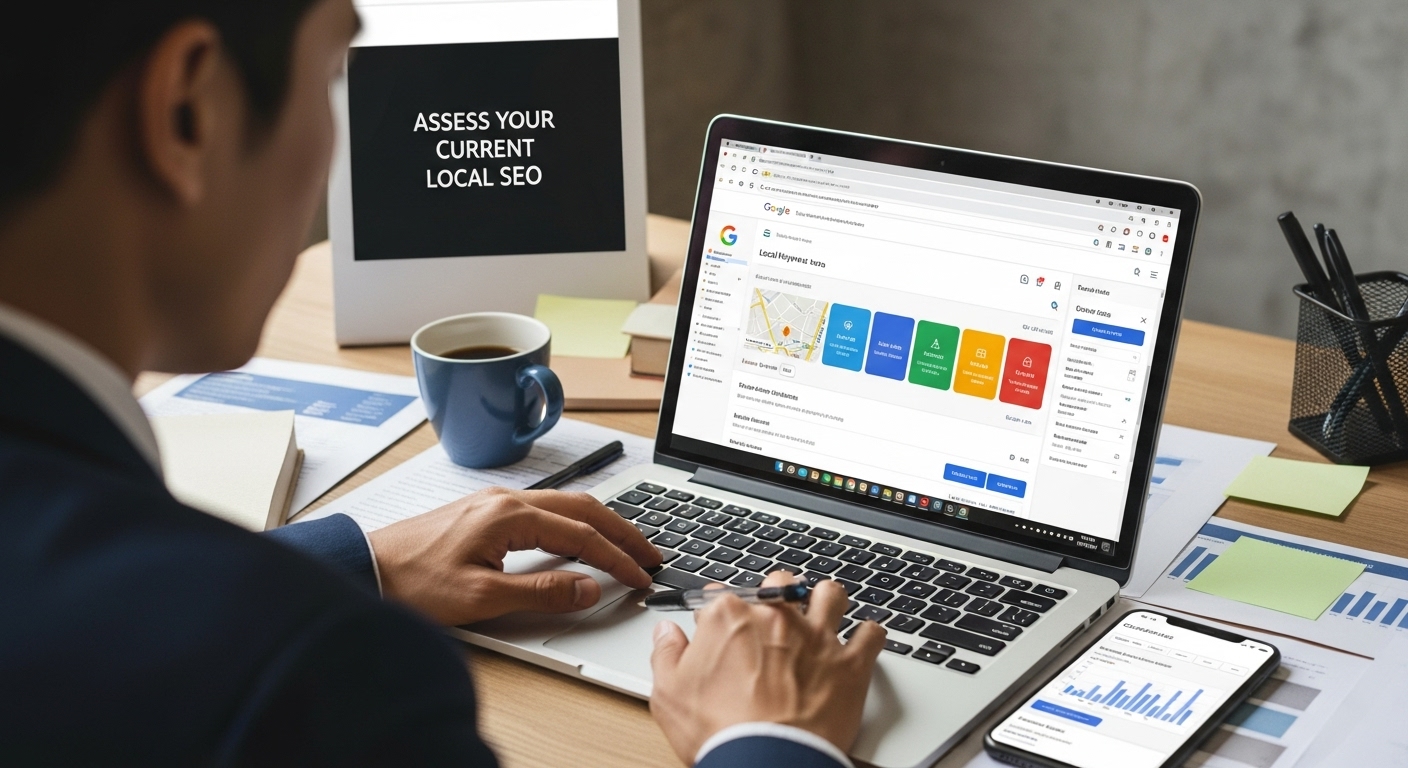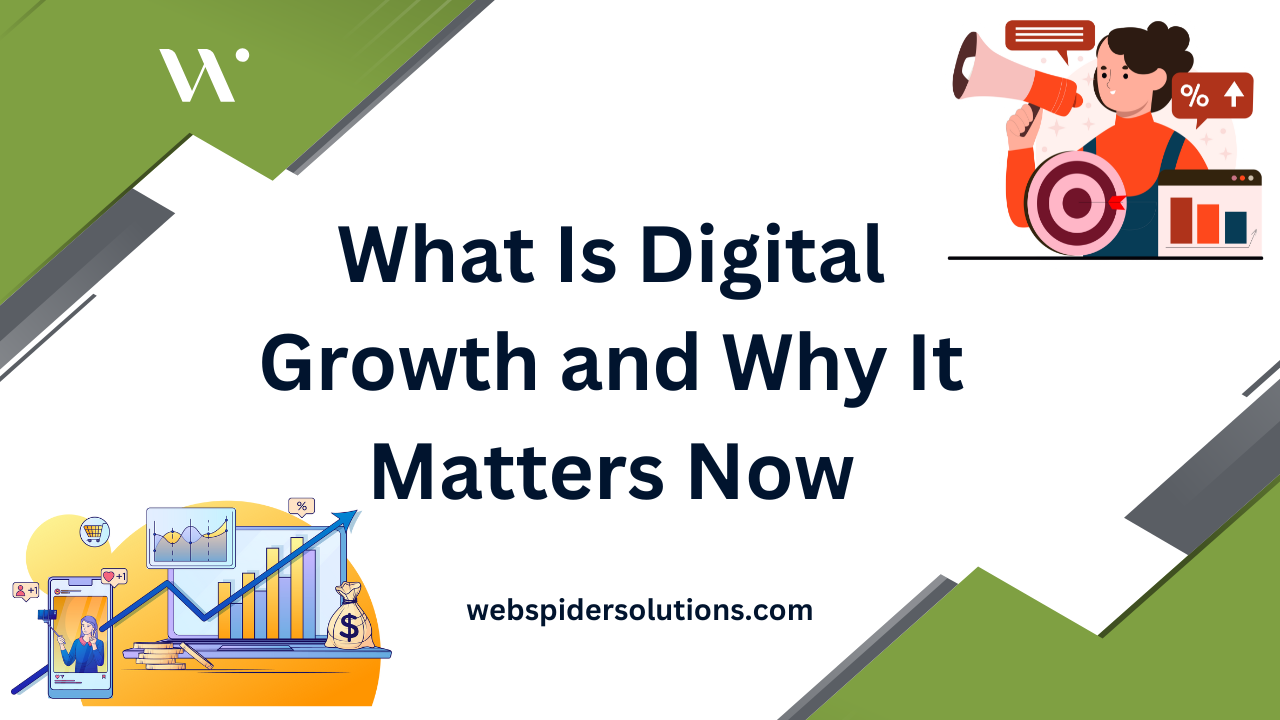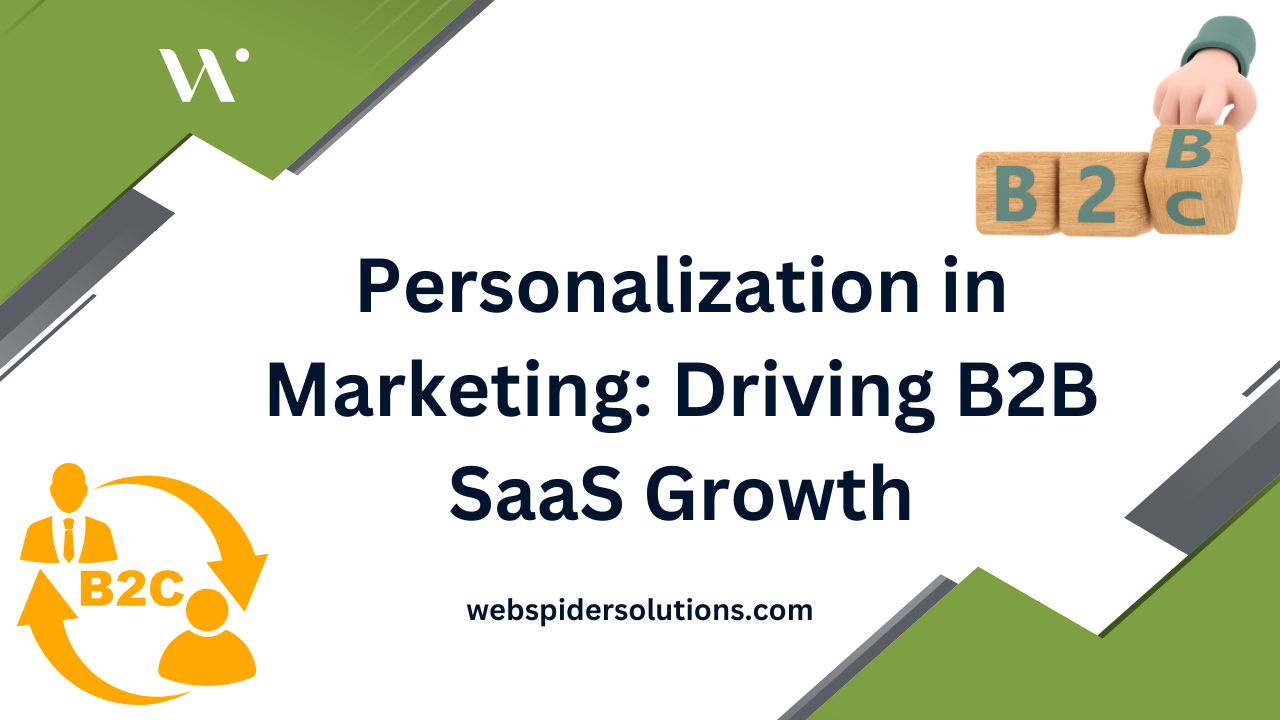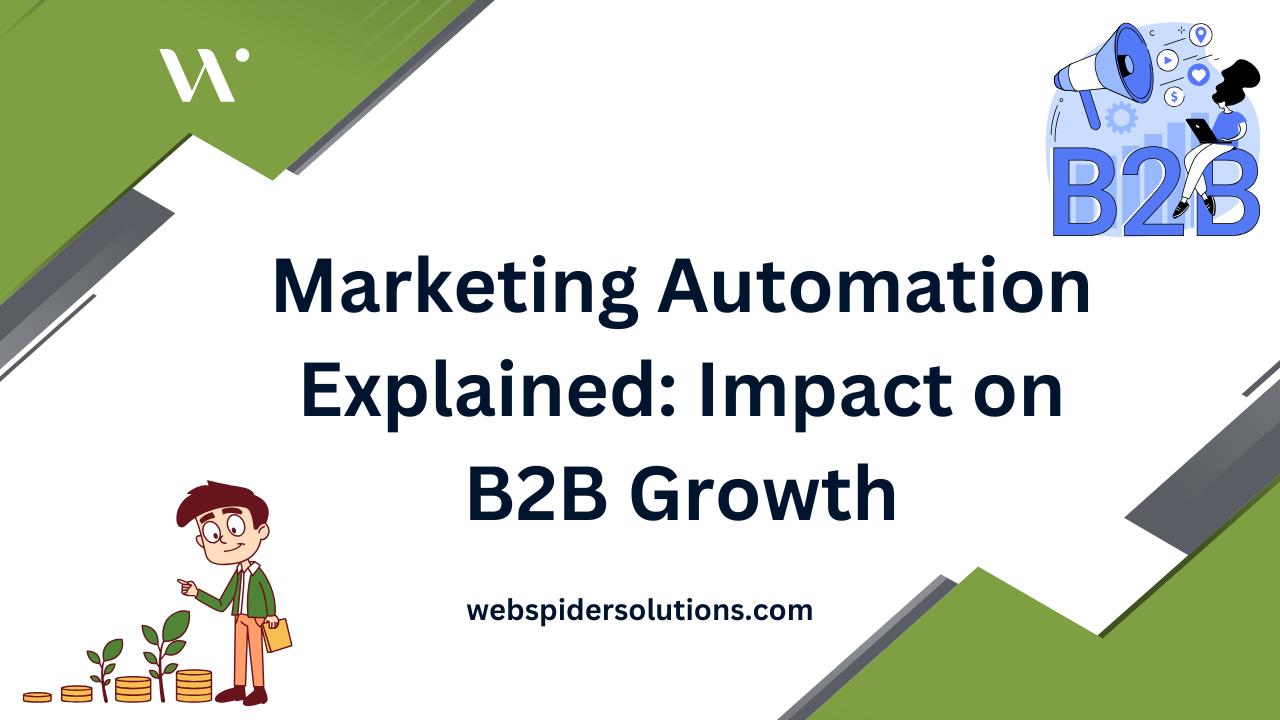Trying to stand out in local search can feel impossible with bigger brands dominating the map. Roughly 46 percent of all Google searches have local intent, yet most small businesses still miss key local SEO basics. You probably think getting noticed online is all about flashy ads or endless posts. The real edge comes from a few overlooked steps that most skip completely, but those details can put your business right in front of ready-to-buy locals.
Table of Contents
- Step 1: Assess Your Current Local SEO Status
- Step 2: Optimize Your Google My Business Profile
- Step 3: Enhance On-Page SEO with Local Keywords
- Step 4: Build Local Citations and Backlinks
- Step 5: Monitor and Adjust Your Local SEO Strategy
Quick Summary
| Key Point | Explanation |
|---|---|
| 1. Assess your SEO status thoroughly | Conduct a detailed self-audit of your online presence to identify strengths and improvement opportunities. |
| 2. Optimize your Google My Business | Ensure complete information, verify your account, and regularly update posts to enhance local visibility. |
| 3. Integrate local keywords on your site | Use location-specific keywords in your content to improve search relevance and attract local customers. |
| 4. Build consistent citations and backlinks | Create uniform listings across directories and engage with local businesses to improve credibility and visibility. |
| 5. Regularly monitor and refine strategy | Use analytics tools to track performance, adjust tactics, and stay responsive to changes in local search behaviors. |
Step 1: Assess Your Current Local SEO Status
Starting your local SEO journey requires a comprehensive understanding of your current digital positioning. This critical first step involves thoroughly examining your online presence to identify strengths, weaknesses, and opportunities for improvement. By conducting a strategic self-audit, you can create a targeted roadmap for enhancing your local search visibility.
Begin by performing a detailed analysis of your existing online assets. Open Google and search for your business name, primary keywords, and local service categories. Carefully observe where your business appears in search results and note your current ranking positions. Pay special attention to how your business displays in the local pack results, which are the map-based listings that appear prominently in geographic searches.
Next, evaluate your local SEO performance with comprehensive diagnostic tools. Utilize free resources like Google Search Console and Google My Business insights to gather critical data about your current online performance. These platforms provide valuable metrics such as:
- Search query impressions
- Click-through rates
- Geographic reach of your current listings
- User engagement with your business profile
Examine your website’s local optimization elements. Check that your business name, address, and phone number (NAP) are consistent across all online platforms. Inconsistent contact information can significantly harm your local search rankings. Verify that your website includes location-specific keywords, includes your city and region, and has properly structured schema markup to help search engines understand your local relevance.
A thorough assessment also involves analyzing your competitors. Research businesses in your local area offering similar services and compare their online presence. Look at their Google My Business profiles, website optimization, customer reviews, and overall digital strategy. This competitive analysis will help you identify gaps in your current approach and potential strategies for improvement.
To complete your assessment, compile a comprehensive report documenting your findings. Create a clear inventory of your current local SEO status, including ranking positions, profile completeness, review quantity and quality, and areas requiring immediate attention. This report will serve as your strategic blueprint for the subsequent steps in optimizing your local search presence.
Step 2: Optimize Your Google My Business Profile
Your Google My Business profile serves as a digital storefront that can significantly impact your local search visibility and customer attraction. This critical step transforms your online presence from basic listing to a compelling business representation that draws potential customers and signals relevance to search engines.
Start by claiming or creating your Google My Business account, ensuring you have complete administrative control. Verification is crucial – Google typically sends a physical postcard with a verification code to your business address, which confirms your legitimate location.
During this process, provide the most accurate and comprehensive information possible. Include your precise business name, exact physical address, local phone number, and operating hours.
Learn how to create your business Google account seamlessly and set the foundation for robust local search optimization. When completing your profile, select the most precise business category that describes your services. This helps Google understand and categorize your business correctly, improving the likelihood of appearing in relevant local searches.
Photography plays a significant role in profile optimization. Upload high-quality, professional images that showcase your business interior, exterior, products, and team. Include images that represent different aspects of your business – storefront, workspace, team members, and product offerings. Ensure these images are clear, well-lit, and accurately represent your brand. Google rewards profiles with comprehensive, engaging visual content by potentially improving search rankings and visibility.
Write a compelling business description that incorporates local keywords naturally. Avoid keyword stuffing and focus on creating an authentic narrative that explains what makes your business unique. Highlight your specialties, years of experience, and what sets you apart from competitors. Include location-specific phrases that potential customers might use when searching for your services.
Regularly update your profile with posts, offers, and events. Google My Business allows you to share updates directly on your profile, which can increase engagement and signal active business management. These posts can include special promotions, upcoming events, new product launches, or seasonal offerings. Consistent updates demonstrate to both Google and potential customers that your business is active and responsive.
To verify your optimization efforts, regularly check your Google My Business insights. These analytics provide valuable data about how customers find and interact with your profile, including search queries used, number of profile views, and customer actions like website clicks or direction requests. Use these insights to continually refine your local SEO strategy and improve your digital presence.
Here is a checklist table to help you verify essential elements when optimizing your Google My Business profile.
| Element | What to Check | Verified (Yes/No) |
|---|---|---|
| Business Name | Matches your actual brand/legal name | |
| Address | Complete and accurate, matches official records | |
| Phone Number | Local area code, correct and active | |
| Business Category | Most precise category for your services | |
| High-Quality Images | Clear photos of interior, exterior, team, products | |
| Business Description | Uses natural local keywords, highlights uniqueness | |
| Posts & Updates | Regular offers, events, or news posted | |
| Hours of Operation | Current and accurate, including holidays | |
| Profile Verification | Address verified with code from Google |
Step 3: Enhance On-Page SEO with Local Keywords
Local keyword optimization transforms your website from a generic online presence into a targeted digital asset that speaks directly to your community. This crucial step involves strategically incorporating location-specific language throughout your website to signal relevance to both search engines and potential local customers.
Learn the fundamentals of on-page SEO techniques that will help you craft a geographically precise digital footprint. Begin by conducting thorough local keyword research using tools like Google Keyword Planner, SEMrush, or Ahrefs. Focus on identifying search terms that combine your primary services with your city, region, or neighborhood names. For example, instead of just “digital marketing services,” target phrases like “digital marketing services in [Your City]” or “[Neighborhood] small business marketing.”
Integrate these local keywords naturally into critical website elements. Your page titles, meta descriptions, headers, and primary content should seamlessly incorporate location-specific terms. Avoid keyword stuffing – the language must read smoothly and provide genuine value to visitors. Write compelling content that addresses local customer needs while organically including geographic identifiers.
Pay special attention to your website’s core pages.
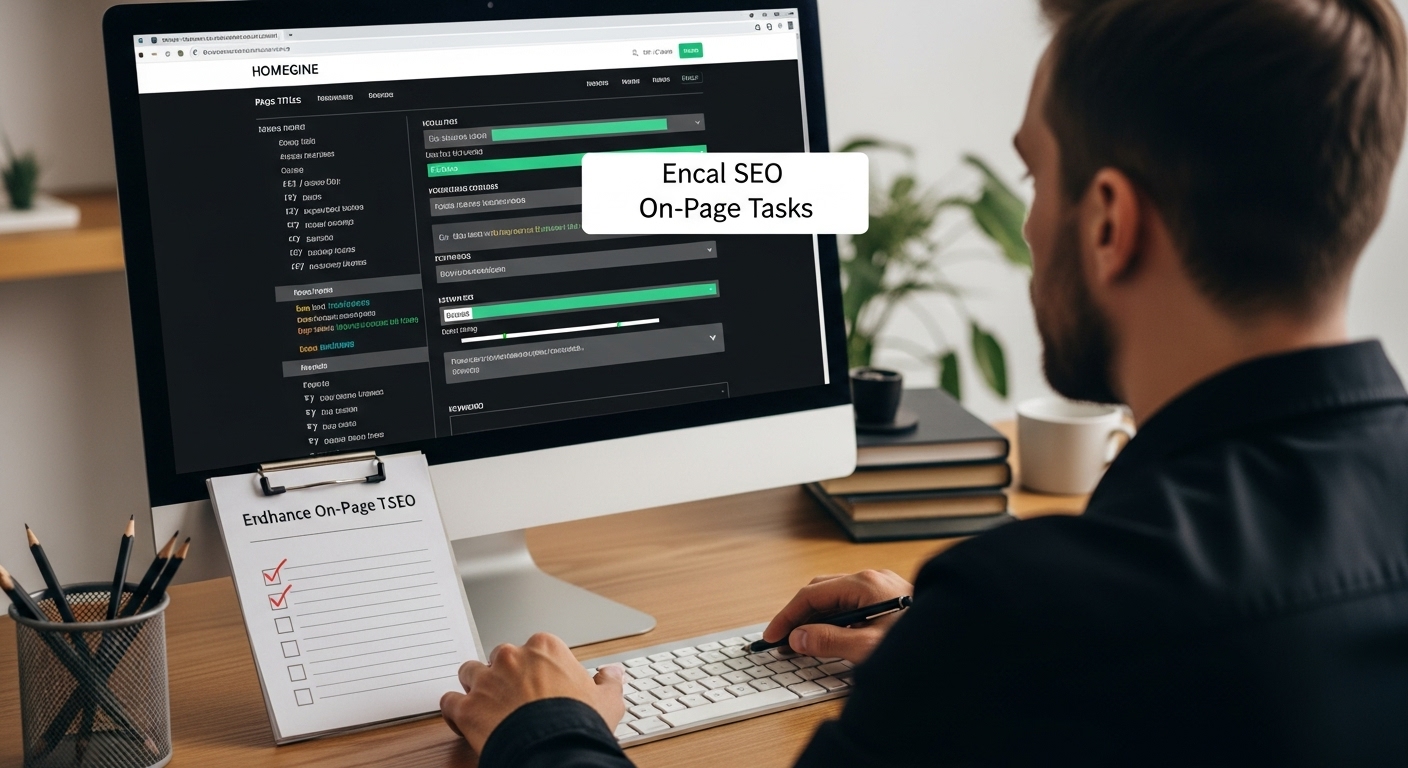 Your homepage, service pages, and about section should explicitly mention your local service area. Include your full business address, local phone number with area code, and references to specific neighborhoods or regions you serve. Create location-specific landing pages if you operate in multiple areas, ensuring each page contains unique, relevant content tailored to that specific geographic market.
Your homepage, service pages, and about section should explicitly mention your local service area. Include your full business address, local phone number with area code, and references to specific neighborhoods or regions you serve. Create location-specific landing pages if you operate in multiple areas, ensuring each page contains unique, relevant content tailored to that specific geographic market.
Structured data markup provides another powerful optimization technique. Implement local business schema markup to help search engines understand your geographic context. This code provides search engines with precise information about your business location, operating hours, contact details, and service areas. While this might sound technical, many WordPress plugins and website builders offer simple schema markup integration options.
To verify your local keyword optimization, perform several diagnostic checks. Use incognito browser modes to search your target local keywords and see where your website ranks. Check that your pages appear in local search results and map listings. Monitor your website analytics to track changes in local traffic, bounce rates, and user engagement after implementing these keyword strategies.
Remember that local keyword optimization is an ongoing process. Regularly update your content, review your keyword performance, and adapt to changes in local search behaviors. By treating your website as a dynamic, location-specific resource, you create a powerful tool for attracting local customers and improving your search engine visibility.
Step 4: Build Local Citations and Backlinks
Local citations and backlinks serve as digital endorsements that dramatically enhance your business’s online credibility and search engine ranking. This critical step transforms your digital presence from isolated to interconnected, signaling to search engines that your business is a trusted, relevant local resource.
Explore strategies for building natural, high-quality links that can elevate your local search visibility. Begin by creating consistent business listings across reputable online directories. Accuracy is paramount – ensure your business name, address, and phone number remain identical across all platforms. Target industry-specific directories, local chamber of commerce websites, and authoritative regional business networks.
Local backlink acquisition requires a strategic, relationship-driven approach. Engage with your community by sponsoring local events, participating in neighborhood business associations, or collaborating with complementary local businesses. These interactions naturally generate high-quality backlinks while simultaneously building genuine community connections. Consider writing guest posts for local news websites, blogs, or professional organizations that serve your geographic area.
Utilize tools like Moz Local, BrightLocal, and SEMrush to track and manage your citations. These platforms help identify existing listings, highlight inconsistencies, and provide opportunities for new directory submissions. Pay special attention to niche-specific and location-specific directories that cater directly to your industry and region.
Develop a systematic outreach strategy for generating backlinks. Create compelling, shareable content that local websites and blogs would find valuable. This might include local market research, industry reports, or comprehensive guides specific to your community. Reach out to local journalists, bloggers, and content creators, offering your expertise or unique insights that could warrant a mention or link.
To verify the effectiveness of your citation and backlink efforts, regularly monitor your progress using Google Search Console and specialized SEO tracking tools. Look for improvements in:
- Number of unique referring domains
- Growth in local search rankings
- Increases in website traffic from local sources
- Improvements in domain authority
Remember that building local citations and backlinks is an ongoing process. Consistently update your listings, nurture local business relationships, and produce high-quality content that attracts natural links.
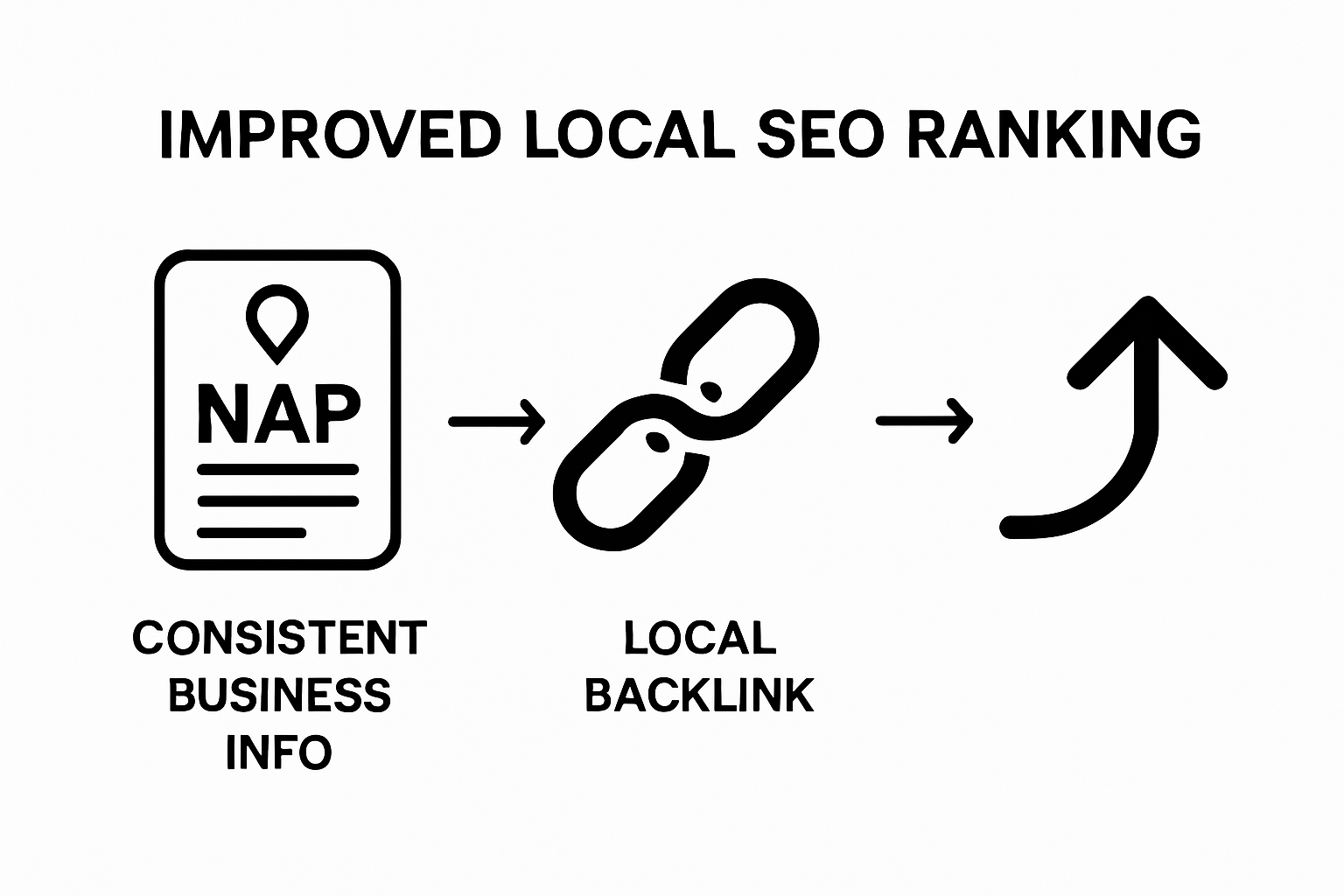 By treating this as a continuous effort rather than a one-time task, you’ll gradually build a robust online presence that search engines and potential customers will recognize and trust.
By treating this as a continuous effort rather than a one-time task, you’ll gradually build a robust online presence that search engines and potential customers will recognize and trust.
Step 5: Monitor and Adjust Your Local SEO Strategy
Monitoring and adjusting your local SEO strategy transforms your digital marketing from a static approach to a dynamic, responsive system that continuously evolves with search engine algorithms and local market changes. This final step ensures your hard work translates into sustained online visibility and customer engagement.
Discover comprehensive SEO strategy approaches that will help you stay ahead of digital marketing trends. Start by establishing a robust analytics framework using tools like Google Analytics, Google Search Console, and specialized local SEO tracking platforms. These resources provide critical insights into your website’s performance, revealing how potential customers find and interact with your online presence.
Implement a systematic review process that examines key performance indicators monthly. Track metrics such as local search rankings, website traffic from geographic regions, click-through rates on your Google My Business profile, and conversion rates from local search visitors. Pay close attention to the search queries that bring users to your website, identifying emerging keywords and shifts in local search behavior that might require content or optimization adjustments.
Regularly audit your online citations and backlink profile to ensure continued accuracy and relevance. Remove or update outdated listings, disavow low-quality backlinks, and seek opportunities to acquire new, high-quality local references. The digital landscape changes rapidly, and what worked six months ago might no longer be effective. Treat your local SEO strategy as a living document that requires consistent refinement and strategic pivots.
Develop a competitive monitoring approach that keeps you informed about local competitors’ digital strategies. Use tools like SEMrush or Ahrefs to track changes in their search rankings, content strategies, and online visibility. This competitive intelligence allows you to identify gaps in your own strategy and discover new opportunities for differentiation.
To verify the effectiveness of your monitoring and adjustment process, establish clear benchmarks and performance indicators:
- Consistent improvement in local search rankings
- Increase in website traffic from local geographic areas
- Growth in customer engagement metrics
- Reduction in bounce rates for local search visitors
- Positive trend in conversion rates
Remember that local SEO is not a one-time task but an ongoing commitment. The most successful businesses view their digital strategy as a continuous learning process. By remaining agile, data-driven, and responsive to changes in search algorithms and local market dynamics, you’ll create a resilient online presence that consistently attracts and converts local customers.
The following table summarizes important tools and analytics resources mentioned for monitoring and adjusting your local SEO strategy.
| Tool/Resource | Purpose | Key Metrics Provided |
|---|---|---|
| Google Analytics | Track website traffic and user interaction | Traffic sources, user location, engagement |
| Google Search Console | Monitor search performance | Search impressions, click-through rates |
| Google My Business | Analyze customer interaction | Profile views, direction requests, website clicks |
| Moz Local/BrightLocal | Manage citations and directory listings | Citation consistency, listing status |
| SEMrush/Ahrefs | Competitive monitoring and backlink tracking | Competitor rankings, backlink profiles |
Ready to Transform Your Local SEO Into Tangible Business Growth?
If you struggle with inconsistent rankings, missed opportunities in local searches, or complex Google My Business tasks, you are not alone. Many businesses find themselves uncertain about the next step after a self-audit or overwhelmed by technical strategies like on-page optimization and citation building. That is where a specialized partner makes the difference. Discover how our Paid Advertising expertise and integrated SEO strategies can deliver targeted traffic and lasting local visibility for your business.
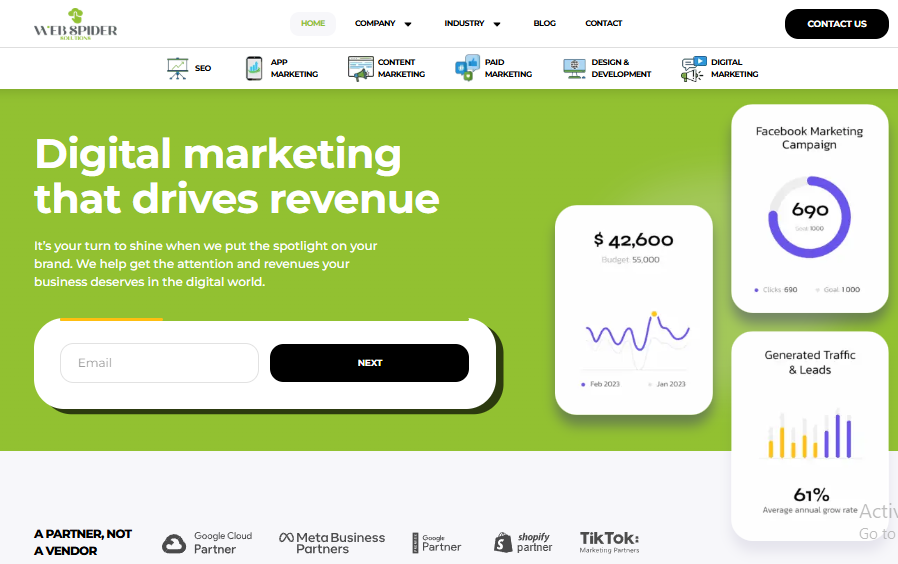
Make your next move your smartest yet. Visit Web Spider Solutions for a tailored digital marketing consultation that unites local SEO best practices, technical expertise, and deep analytics. Secure your growth now while your competitors are still catching up. Start implementing powerful campaigns today and see measurable improvements with proven local strategies.
Frequently Asked Questions
How can I assess my current local SEO status?
To assess your current local SEO status, perform a self-audit of your online presence. Search for your business name and relevant keywords to see your rankings. Use tools like Google Search Console and Google My Business insights to gather critical data on search impressions, click-through rates, and user engagement.
What are the essential elements of optimizing a Google My Business profile?
Essential elements include claiming your business, verifying your address, ensuring accurate contact information, selecting the right business category, uploading high-quality images, crafting a compelling business description with local keywords, and regularly posting updates.
How do I choose the right local keywords for my website?
To choose the right local keywords, conduct keyword research using tools like Google Keyword Planner. Focus on phrases that combine your services with geographic identifiers, such as your city or neighborhood. Integrate these keywords naturally throughout your website content to improve local relevance.
What steps should I take to build local citations and backlinks?
To build local citations, create consistent listings across reputable online directories with uniform business information. For backlinks, engage with your community through sponsorships and collaborations, and create valuable content to share with local websites and blogs. Monitor your citation and backlink quality regularly for continued effectiveness.
Recommended


